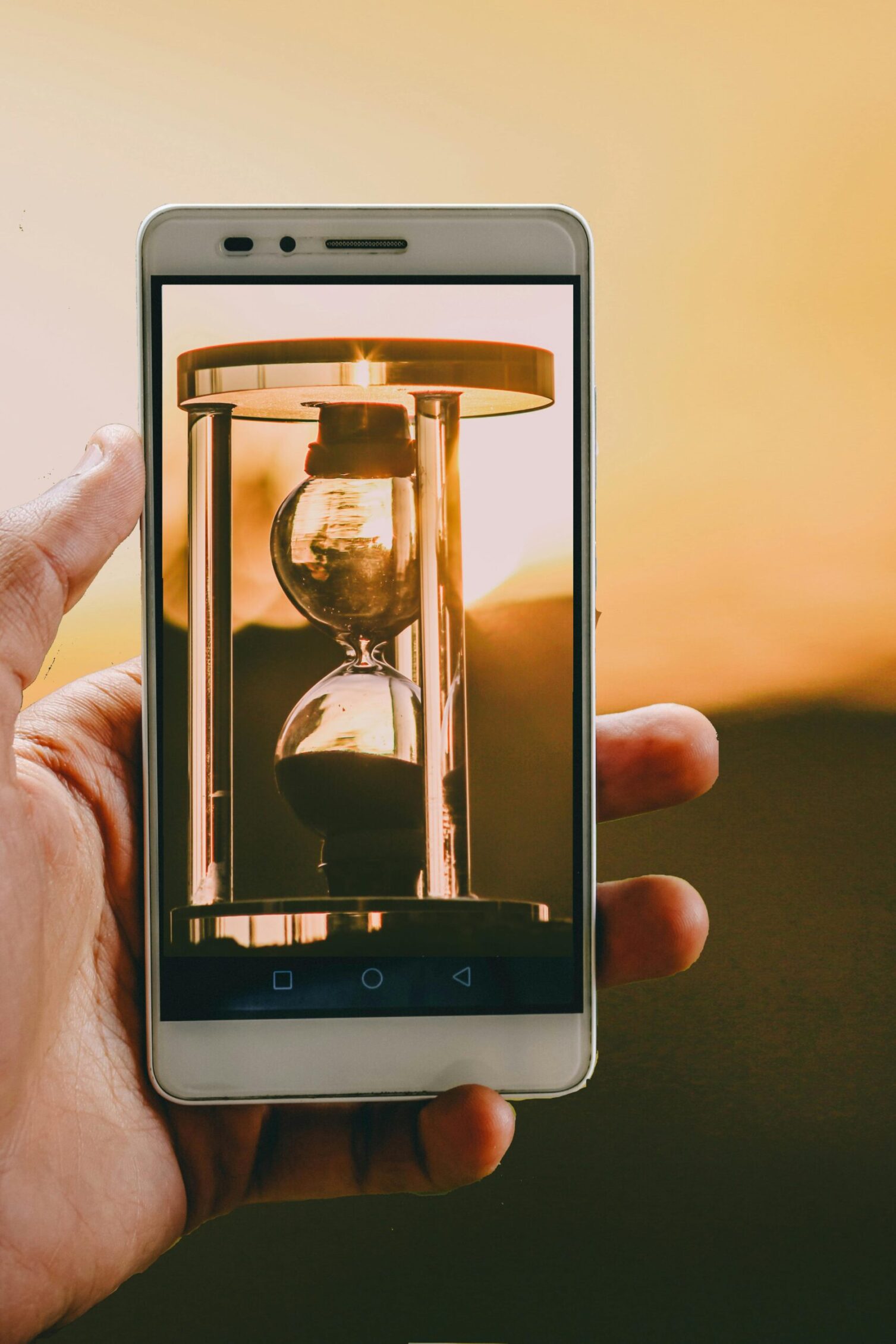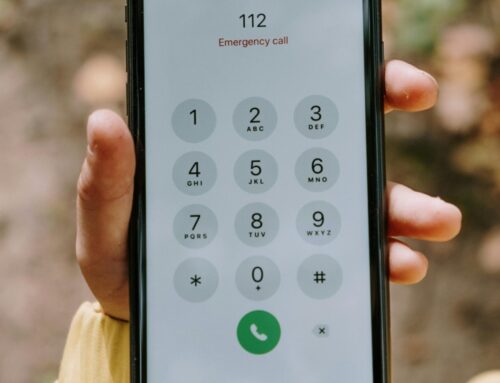
Effective communication is more crucial than ever, especially in educational settings. Schools and educational institutions must ensure that vital information reaches parents, students, and staff promptly and efficiently.
Enter multi-channel messaging, a comprehensive approach that leverages emails, texts, voice calls, social media, and app notifications to create an interconnected communication network. Let’s explore how this strategy can revolutionize school communication.
Why Multi-Channel Messaging?
- Diverse Preferences: Different individuals have varying preferences for receiving information. Some might prefer a quick text, while others may rely on emails or social media updates. Multi-channel messaging caters to these diverse needs, ensuring no one is left out.
- Increased Engagement: Utilizing multiple channels increases the chances of the message being seen and acted upon. A parent might miss an email but notice a text or app notification immediately.
- Redundancy: In case one channel fails (e.g., email servers down), other channels like texts or voice calls can still deliver the message, ensuring critical information always gets through.
Strategies for Effective Multi-Channel Messaging
- Segmented Communication: Tailor your messages to the audience. Parents, students, and staff have different information needs. Use segmented lists to ensure each group receives relevant communications.
- Consistency Across Channels: While the channels differ, the message should remain consistent. Ensure that the core information is the same, regardless of whether it’s an email, a text, or a social media post.
- Timing and Frequency: Be mindful of when and how often you send messages. Frequent notifications can lead to information fatigue. Schedule communications at optimal times to maximize engagement.
Utilizing Different Channels
- Emails: Ideal for detailed information, newsletters, and important announcements. They allow for rich content, including attachments and links to additional resources.
- Example: Monthly newsletters, policy updates, event invitations.
- Texts (SMS): Perfect for urgent updates and reminders. Texts are quick, direct, and have a high open rate.
- Example: School closures, event reminders, urgent alerts.
- Voice Calls: Useful for personalized communication or urgent messages that require immediate attention.
- Example: Emergency notifications, personalized updates from teachers or administrators.
- Social Media: Great for engaging with the community and sharing updates in a public forum. It’s also useful for celebrating achievements and fostering a sense of community.
- Example: Event highlights, announcements, community engagement posts.
- App Notifications: Direct and instant, app notifications can be highly effective for reaching tech-savvy students and parents who use school apps.
- Example: Homework assignments, grade updates, important school news.
Best Practices
- Clear and Concise Messaging: Whether it’s a text or a social media post, ensure your message is clear and to the point. Avoid jargon and ensure that the call to action is evident.
- Personalization: Personalize messages where possible. A personalized message is more likely to be read and acted upon. Use names and specific details relevant to the recipient.
- Feedback Mechanism: Allow recipients to provide feedback or ask questions. This two-way communication helps in refining your messaging strategy and addressing any concerns promptly.
- Data Security: Ensure that all communication complies with data protection laws. Parents and students should feel confident that their personal information is secure.
Case Study: A Day in Multi-Channel Messaging
Imagine it’s the day before a major school event. Here’s how multi-channel messaging can be utilized:
- Morning: An email is sent to all parents detailing the event schedule, parking instructions, and other relevant information.
- Afternoon: A text message reminder is sent to parents and students about the event start time.
- Evening: A social media post highlights the final preparations and builds excitement.
- Night: An app notification ensures everyone is reminded one last time before the event day.
On the day of the event, voice calls can be used to notify constituents about any last-minute changes or emergencies. This seamless integration ensures that everyone is informed, engaged, and prepared.
Conclusion
Multi-channel messaging is not just a trend; it’s a necessity in modern educational communication. By leveraging emails, texts, voice calls, social media, and app notifications, schools can ensure that important information reaches every parent, student, and staff member. This comprehensive approach fosters a connected and informed school community, paving the way for academic success and community engagement. Embrace multi-channel messaging and transform the way your school communicates today!
Reach out to learn more about BrightArrow’s Communication Platform here: Sales@BrightArrow.com.



